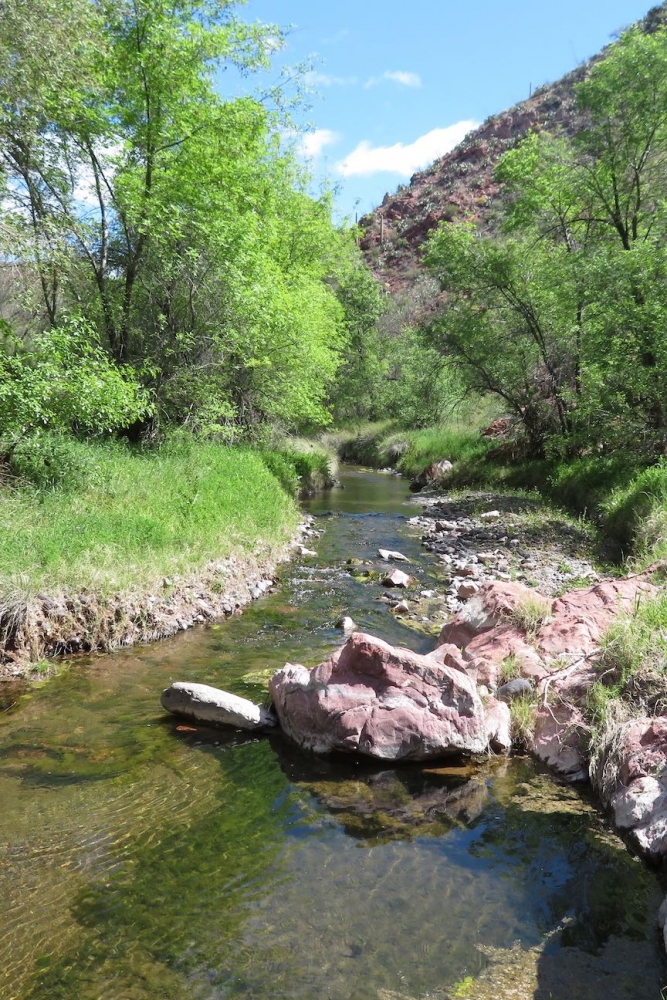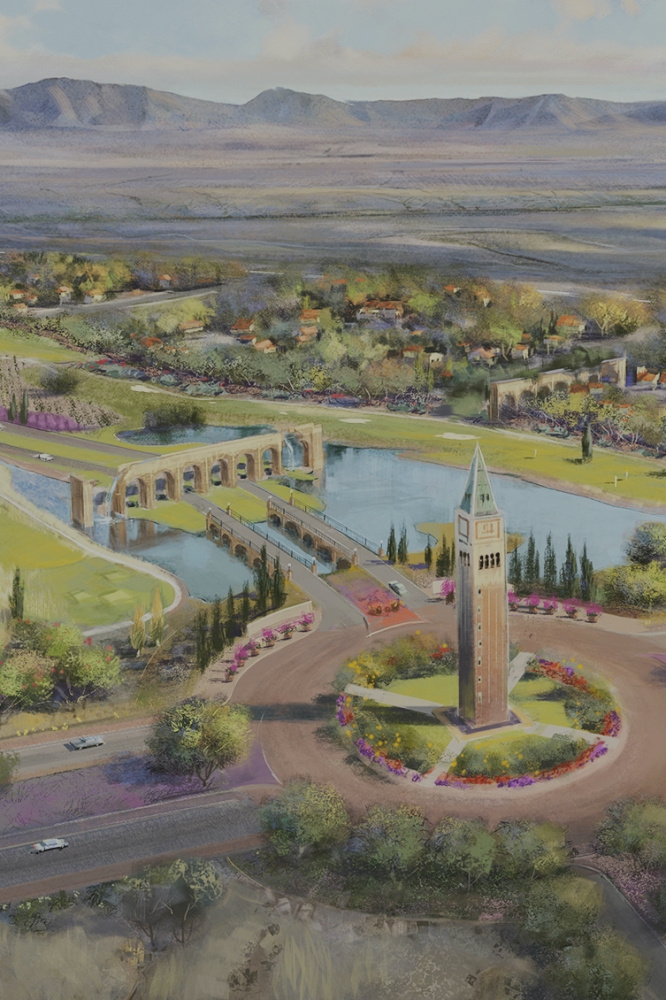INTRODUCTION
The San Pedro River Valley has received international attention as the best example of a desert riparian system remaining in the Southwest, and in particular as a principal migratory corridor for songbirds in the West. CCA has taken an active role in advocating for the ecological integrity of the Middle San Pedro and against projects which would compromise its connectivity and biodiversity.
Hot Springs Canyon Corridor
One of CCA’s first conservation projects was advocating for the lower Hot Springs Canyon as a wildlife corridor. A CCA volunteer worked with private landowners in the Hot Springs area and coordinated the donation of conservation easements to The Nature Conservancy, preventing subdivision and promoting wildlife-friendly practices on 1800 acres in this important corridor. These included CCA’s Hot Springs Canyon property and that of our sister organization the Saguaro-Juniper Corporation, along with donations from a number of private landowners.
CCA has also continued to monitor parcels for sale along the Lower Hot Springs corridor, and is now co-owner with Archaeology Southwest of a 130-acre parcel on the banks of the Canyon (Baicatcan), as well as an adjacent 40-acre parcel where Hot Springs wash joins the San Pedro River across from the confluence of Paige Canyon with the River (the Confluence property).
There remains much work to be done to secure this Conservation Corridor, including more potential conservation easements.

Sunzia Transmission Project
Since 2009 CCA has opposed the introduction of a new potentially mile-wide utility corridor running down the Middle San Pedro Valley. The SunZia Southwest Project proposes a set of two 500-kilovolt transmission lines to run from the wind generation area in east central New Mexico to Pinal County, Arizona. The federal permit process under the National Environmental Policy Act (NEPA) was undertaken by the Bureau of Land Management (BLM), which selected a route that would open a totally new utility corridor on the west side of the San Pedro Valley.
CCA has worked closely with other local organizations, especially the Cascabel Working Group, in opposing the establishment of this new utility corridor in the Valley. For a long term history of local opposition see cascabelworkinggroup.org.
For more recent updates, you can also go to protectthesanpedro.net, maintained by an ad hoc working group of local citizens.
2024 Update:
In November 2022 the Arizona Corporation Commission (ACC) approved SunZia’s application for amendments to its Arizona permit that substantially changed its plan. Peter Else, community intervenor in the state permitting process, immediately challenged the validity of the decision-making process in Superior Court. His case is currently being reviewed by the Arizona Court of Appeals. CCA has supported Peter in his case, with a special fund to help pay legal costs. To donate to this fund, select the Stop SunZia option or write the same on your check.
While Peter’s and other legal challenges are making their way through the courts, SunZia started ground clearing activities in fall of 2023. They continue into May despite SunZia’s owner, Pattern Energy, having promised local citizens and the US Fish and Wildlife Service (USFWS) that they would suspend construction activity during bird nesting season from March 1 through September 30. On May 6, 2024, CCA joined the Center for Biological Diversity in sending a report to both the BLM and the USFWS requesting their attention to SunZia’s violations of their Plan of Development relative to nesting birds. See also their press release regarding Pattern’s failure to comply with terms of their permits.

Villages at Vigneto
CCA has joined with five other conservation groups and the legal support organization EarthJustice to advocate for studying the impacts of the proposed 70,000-resident Villages at Vigneto development in Benson, Arizona. The developer proposes to replicate an Italian ecosystem, exclusively dependent on groundwater, just upstream of CCA’s area of primary concern. Rapidly building a city of this size adjacent to a threatened desert river ecosystem will obviously have impacts that extend beyond Vigneto’s property boundaries, and would likely contribute to the fragmentation of the large, relatively unfragmented land block of which the Middle San Pedro is an integral part.

Introduction | Advocacy | Collaborative Planning | Ecological Monitoring | Meader Endowment | CCA Lands
Header: Matt Clark / Hot Springs Canyon Corridor: Kai Staats
